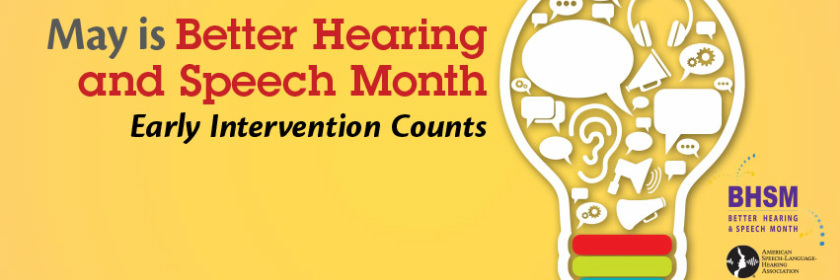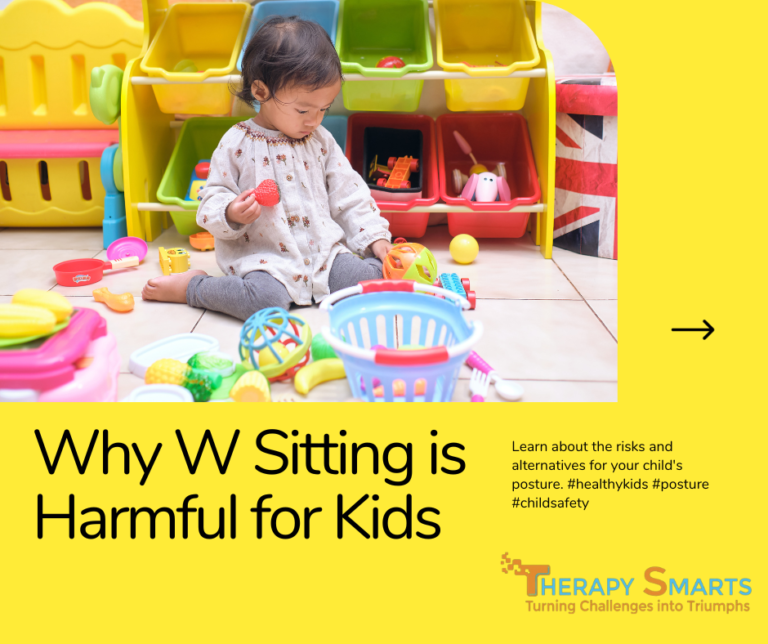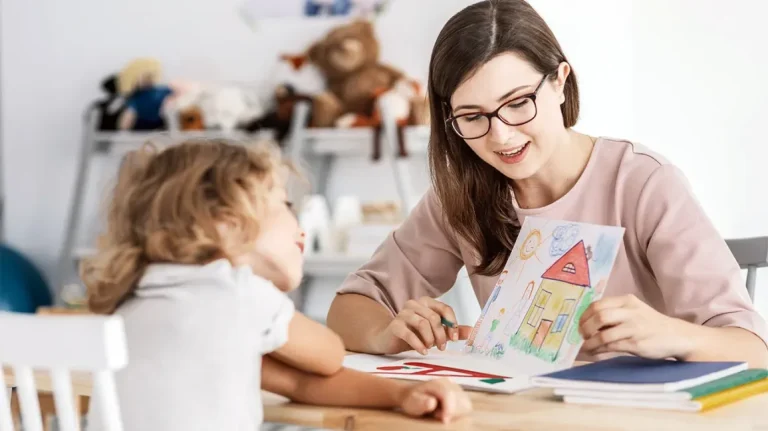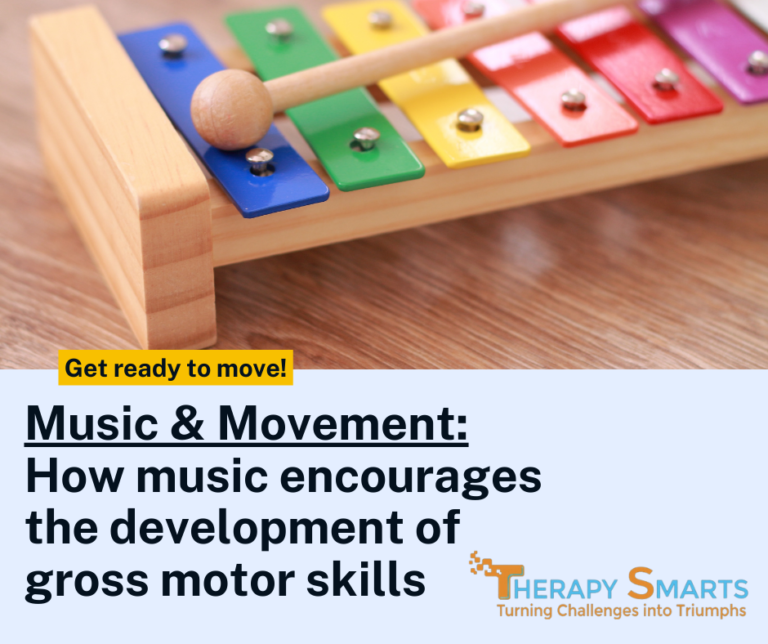With smartphones, tablets, and other personal technology used by a majority of U.S. children today, managing the time spent with—and influence of—this technology can be a challenge for parents. As we head into the summer months, increased leisure time may lead to even greater use of technology. During May Is Better Hearing & Speech Month, I invite you to evaluate your child’s technology use and establish (or re-commit to) some healthy limits and habits.
While technology holds positive promise in many areas, it is important to know that it is not a replacement for human communication. The primary way that young children learn is through verbal communication—listening, talking, reading, and interacting with their parents and others. It is also an important part of family connections—for children of all ages. According to a national survey of parents commissioned by the American Speech-Language-Hearing Association (ASHA), a majority of parents are concerned that they have fewer conversations with their children than they would like because of technology and/or that technology negatively impacts the quality of conversations with their children. Many children are using technology during prime communication opportunities, such as at the dinner table or while on long car trips.
This summer, consider setting aside some time for disconnecting. You can find tips for doing so at www.asha.org/bhsm/ten-tips-blog-post/.
The webpage includes tips for safe listening—which is especially important when children use devices with accompanying ear buds or headphones. Noise-induced hearing loss is a real possibility when children listen to these devices with the volume turned up high or for too long at a time. Although noise-induced hearing loss is preventable, once it has occurred, it is irreversible. According to the World Health Organization, 1.1 billion young people are at risk for hearing loss from noisy leisure activities, such as unsafe use of personal audio devices. Teach kids to turn the volume down to half and take listening breaks and model these habits yourself.
Communication is critical to learning and academic achievement. A child who is struggling in school may have an undiagnosed communication disorder. If you find this helpful please feel free to comment and provide your insights.




